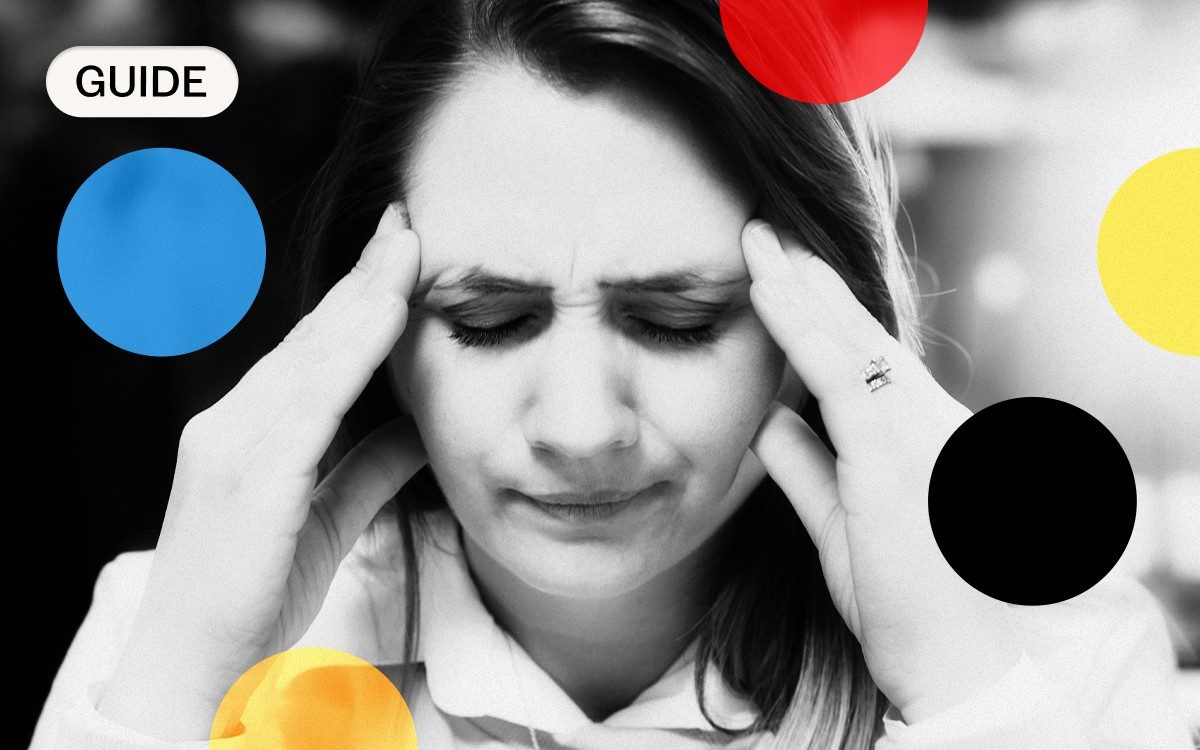
) is a neurodevelopmental condition. It affects the way the brain functions. Symptoms exist on a spectrum of severity ranging from mild to severe and affect 2.6 million people in the UK, 694,000 of whom are children while 1.9 million are adults.
Dr Max Davie is the co-founder of ADHD UK, and a consultant paediatrician who specialises in ADHD. He also has the condition.
“People who have it talk a lot about restlessness; about being easily bored and finding boredom physically unpleasant, and sometimes unbearable. They talk about being under-stimulated and about their emotions feeling out of control.”
. “There are misconceptions, one of which is that ADHD is just a label for badly behaved children or children who are poorly raised, rude and abusive,” Dr Davie continues. “That’s categorically not true. ADHD behaviours are distinct from defiant behaviours, although they are related. And there is a very clear genetic component to this condition, which is very well documented and supported through decades of research.”
Another misconception is that ADHD is caused by environmental factors.
. That is nonsense too.”
What are the core ADHD symptoms?
The symptoms of ADHD vary depending on the individual but, in general, people with ADHD have trouble with attention, organisation, time management and self-control.
They may also exhibit hyperactivity and impulsivity, which can be disruptive to their daily lives. Diagnosis can only be done by a medical professional.
For ADHD to be diagnosed, symptoms must be present in two or more settings, such as at home, school or work, or in other activities. Symptoms must also interfere with, or reduce the quality of, social, school, or work functioning.
Other possible causes for these behaviours will be investigated before a diagnosis of ADHD is given. An ADHD assessment will initially set out to identify two main groups of behaviour, inattention, and hyperactivity and impulsivity.
Dr Davie adds that the diagnosis pathway can be piecemeal. “Historically, ADHD has never really had a home within the NHS. It’s always been something which is part neurodevelopmental condition, which is the preserve of paediatrics, and part mental health condition, which is the preserve of child and adolescent mental health services (CAMHS),” he says.
Inattention
ADHD will be suspected if children up to 16 years display six or more of the symptoms listed below, and if those aged 17 and above display five or more. The symptoms must be frequent and have been present for at least six months.
Hyperactivity and Impulsivity
Symptoms in adults versus children
The way in which inattentiveness, hyperactivity and impulsiveness affect adults can be very different from the way they affect children. Hyperactivity symptoms tend to decrease while inattentiveness symptoms tend to remain, but are more subtle.
Dr Davie explains further: “Hyperactivity and impulsivity are much more prominent in younger patients whereas hyperactivity tends to diminish into adolescence.
“Adults with ADHD might fidget a bit, but there’s more of an internal restlessness. For adults it becomes more about emotional difficulties, organisational difficulties and difficulty with concentrating and planning.”
Symptoms in women versus men
Evidence suggests that boys with ADHD usually show externalised symptoms, such as physical hyperactivity and impulsivity, whereas girls tend to show ‘internalised symptoms’ such as appearing not to listen, daydreaming, trouble focusing and low self-esteem.
Boys tend to be more physically aggressive, while girls tend to be more verbally aggressive. This can mean that girls are overlooked and under-referred for assessment.
, but they’re not necessarily presenting with the classic behaviours,” explains Dr Davie.
This, he believes, may be because girls are more socially conditioned to be quiet.
“Girls with ADHD will tend not to be the ones who are disrupting the classroom, but the ones who are zoning out, sitting at the back, maybe doing some chatting, and they don’t come to the attention of authorities in the same way as boys because they’re not getting in trouble,” he says.
In adolescence, ADHD can present more emotional symptoms in women.
“From mid-adolescence onwards, women have very much worse mental health up until early adulthood and the difference is amplified in the ADHD population,” says Dr Davie.
Daily impact of ADHD symptoms
According to the NHS: “The impulsive, fearless and chaotic behaviours typical of ADHD can make everyday activities exhausting and stressful.”
School, particularly secondary school, is often a difficult environment to be a person with ADHD as the school system requires intense periods of concentration, attention and adherence to social rules.
There are a range of potential impacts of the condition for adults and children.
These can include:
Impact on sleep
“ADHD has a huge impact on sleep, and it occurs across the age groups,” says Dr Davie.
Children with ADHD commonly have difficulty initiating sleep because they struggle to switch off and relax. The symptoms often improve with age and strategies can be introduced, such as relaxation techniques. Medications such as melatonin can also be effective.
ADHD paralysis
According to the Attention Deficit Disorder Association in the United States, ADHD paralysis happens when a person with ADHD is overwhelmed by their environment, or the amount of information they are given, leading to an inability to think or function effectively. It is not a clinical term or a clinically recognised symptom.
“From the outside it is seen as the inability to get started on a task,” explains Dr Davie. “From the inside it can be a variety of things. It often has anxiety mixed into it, as in ‘I’m just feeling too anxious to do this’, but then you can get into a cycle, because the cognitive effort of starting, planning and initiating a task for someone with ADHD is very much higher.”
Recommended
How ADHD medicines work – and the side effects to look out for
Read more
Play The Telegraph’s brilliant range of Puzzles - and feel brighter every day. Train your brain and boost your mood with PlusWord, the Mini Crossword, the fearsome Killer Sudoku and even the classic Cryptic Crossword.


Post a Comment
0Comments